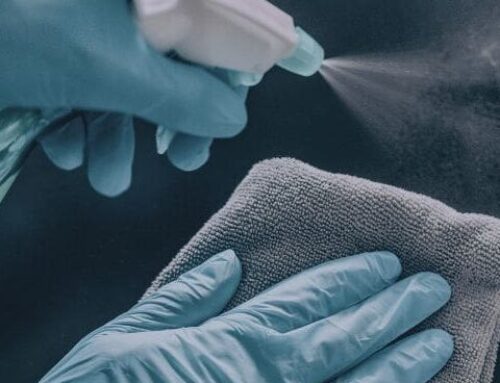FDA’s rules are clear regarding cosmetic product adulteration, which includes microbial contamination.

From Section 361 of Chapter VI of the FD&C Act, a cosmetic product may be deemed adulterated:
The testing required for manufacturers of cosmetic products is derived from the language above. Bacterial and Fungal Aerobic Plate Count Tests are used to verify the absence of microbial “filth” at a given time after manufacturing. Stability Tests and Preservative Challenge Tests are used to ensure the product will not decompose or become “filthy” in the future, after “customary or usual” use. Finally, ingredient label reviews are used to verify no injurious products were added during formulation.




